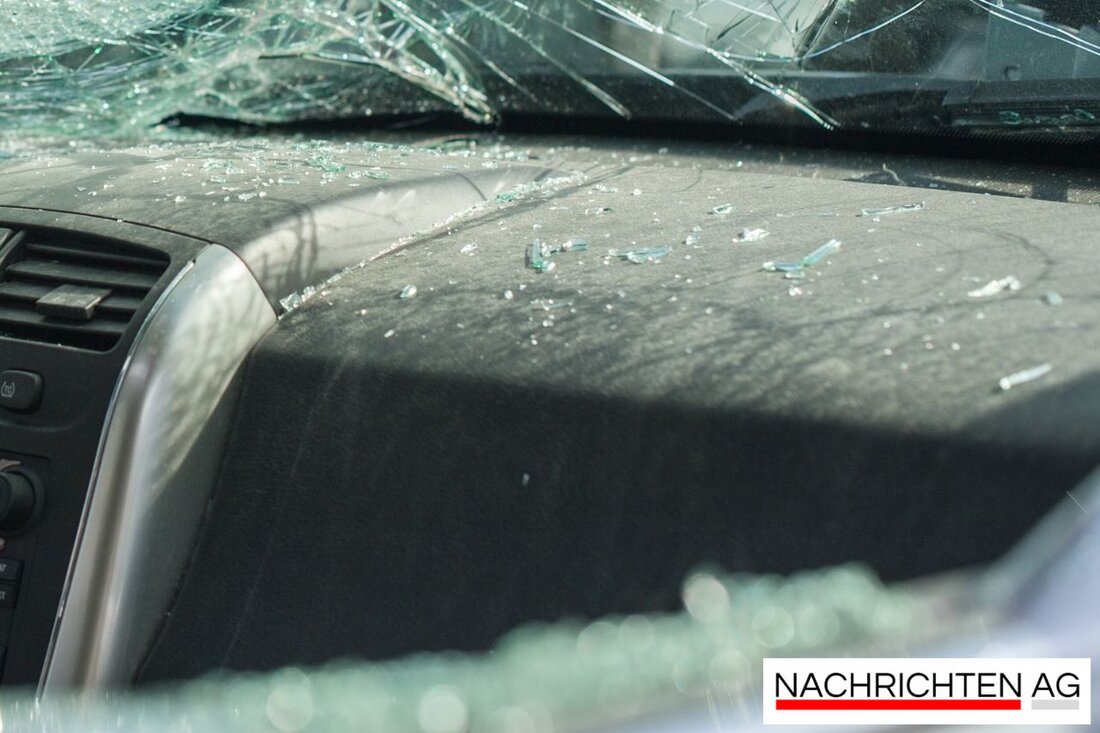Cuxhaven rescue service: Immediate help for every mission!
The emergency service in Cuxhaven is being restructured to improve emergency care. Learn more about organization, operations and the implementation of new technologies.

Cuxhaven rescue service: Immediate help for every mission!
In the Cuxhaven district, a serious traffic accident was reported on the B73 near Hechthausen in September 2025, in which several people, including an infant, were injured. The first ambulance arrived at the scene just eight minutes after the alarm was raised. This raises questions about the current organization of the emergency service, especially the criticism of the absence of an emergency vehicle in Hemmoor and the deployment of an ambulance from Cadenberge to Balje. The discussion that ensued in Hemmoor illustrates the challenges that the rescue service has to overcome. As cnv-medien.de reports, a two-part series highlights the structure and organization of the emergency service in the district.
The Rescue Service Cuxland gGmbH, a wholly owned subsidiary of the Cuxhaven district, has assumed responsibility for the rescue service since January 1, 2025. Its area of operation covers approximately 1,957 square kilometers and includes around 152,000 inhabitants. The aim is to ensure fast, comprehensive supply around the clock. With around 250 employees, the GmbH ensures that the needs of the population are met in the best possible way in emergencies. Dr. Benjamin Junge, the medical director of the rescue service, emphasizes that the service does not aim to make a profit, but rather invests in the most modern equipment and training.
Modern equipment and emergency doctor locations
There are currently ten rescue stations and four emergency doctor locations available in the district, including Cadenberge. These locations were set up on the basis of demand planning, which takes into account the frequency of use and travel times. The aim of this structure is to shorten deployment times, especially in high-risk areas where quick action can be vital. In addition, there is a permanent re-evaluation of the planning and the number of guards so that we can react flexibly to the current circumstances.
The coordinated cooperation with the neighboring districts of Stade, Rotenburg and Osterholz as well as the cities of Cuxhaven and Bremerhaven allows operations to be organized across district borders. Decisions about the use of vehicles are made in the Bremerhaven integrated control center, with standardized queries during emergency calls helping to quickly initiate the right measures.
Rescue service as a training facility
The city of Cuxhaven is not only responsible for the rescue service, but also organizes it through its fire protection and rescue department 700. The Cuxhaven professional fire department carries out the emergency rescue service and ensures that the rescue personnel consist of experienced fire department officials and qualified emergency paramedics or paramedics. Prospective rescue and emergency paramedics receive practical training from several practical instructors at a recognized training rescue station.
In addition to normal emergency care, special teams are available that can intervene in the event of a mass occurrence of injured or sick people (MANV). The senior emergency doctor service is also organized by the fire department and ensures professional medical care.
Looking back at the events of September, make it clear: The emergency service in the Cuxhaven district is well positioned, but meets important requirements for reviewing and adapting its structures in order to continue to respond effectively to emergencies. The upcoming topics in this series, such as vehicle equipment, telemedicine and digitalization in emergency care, promise exciting insights into the future development of the emergency service.

 Suche
Suche
 Mein Konto
Mein Konto